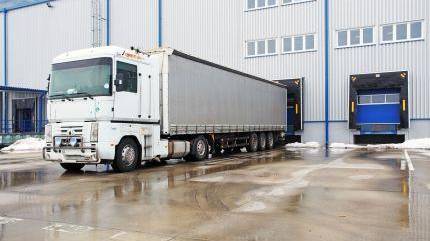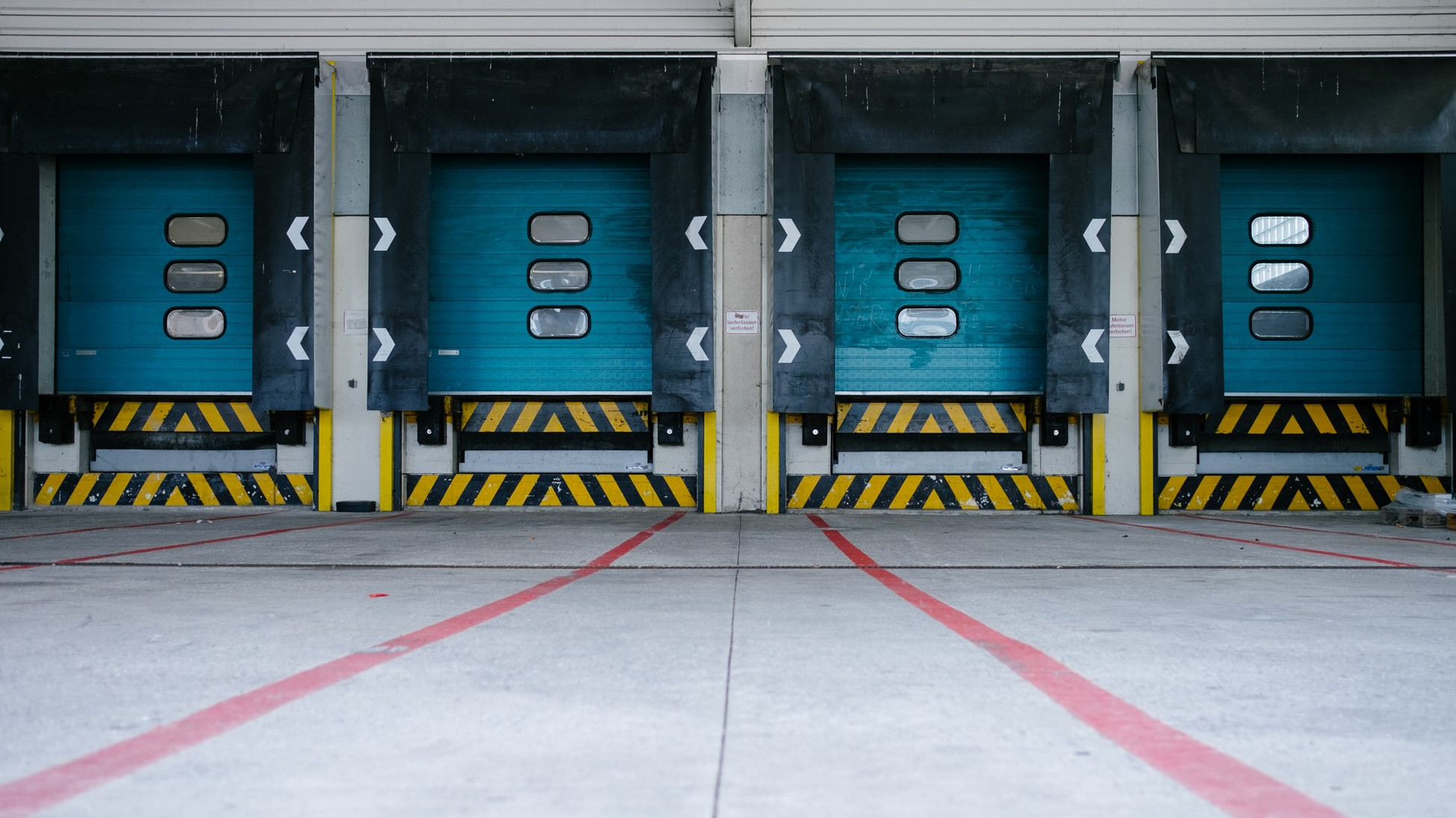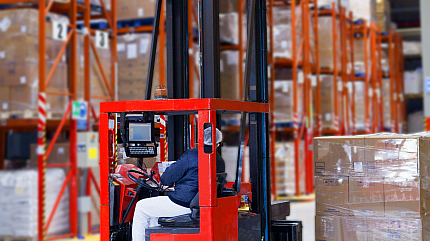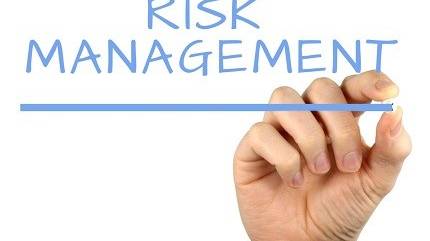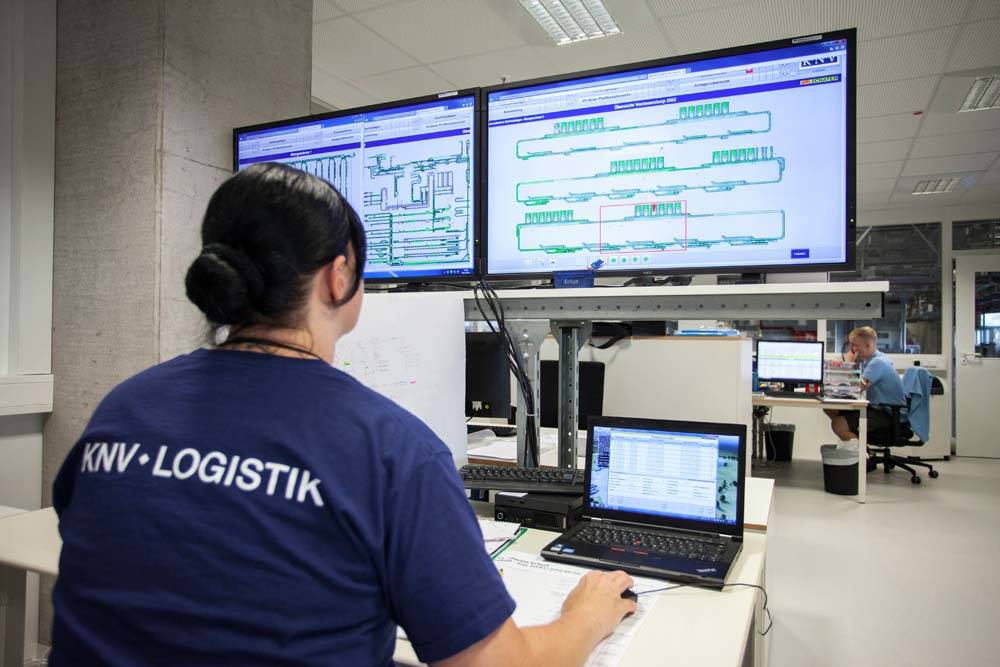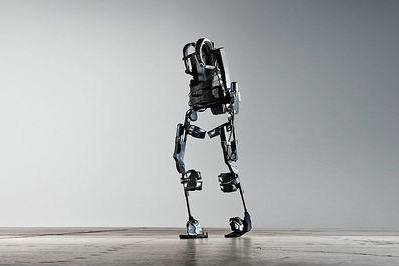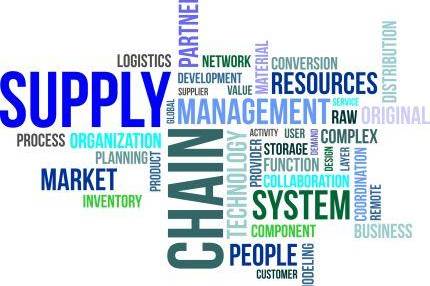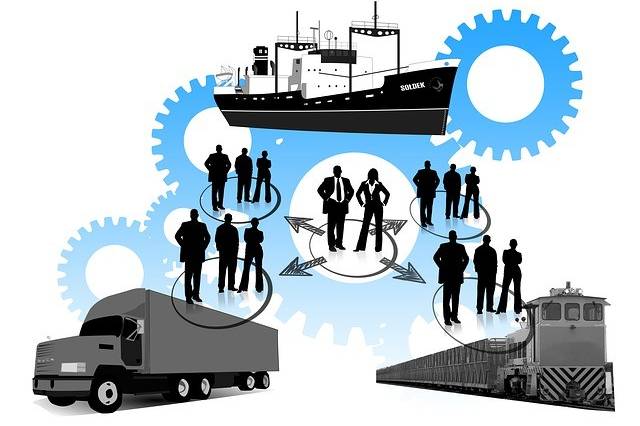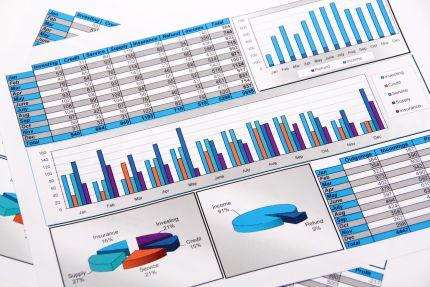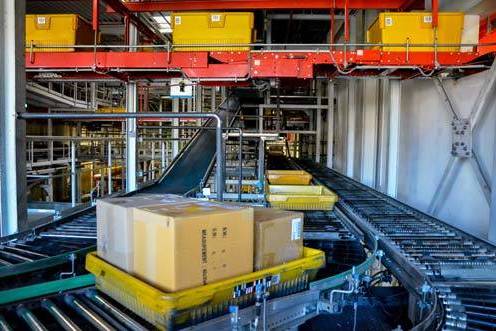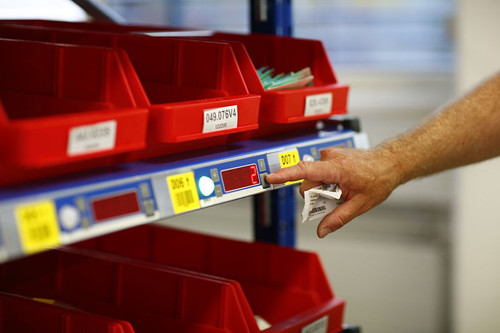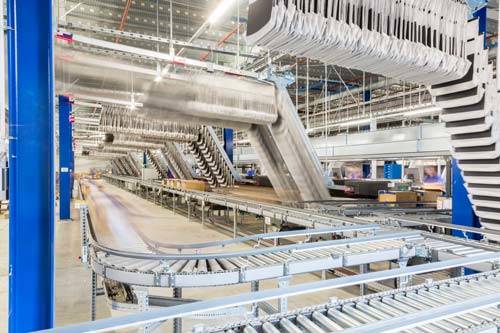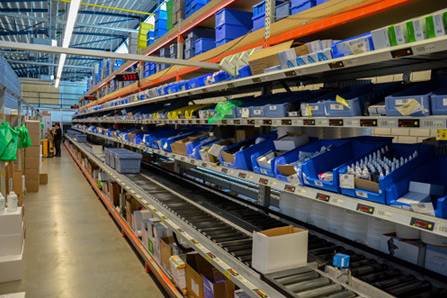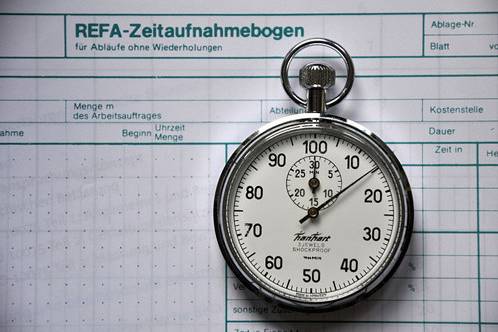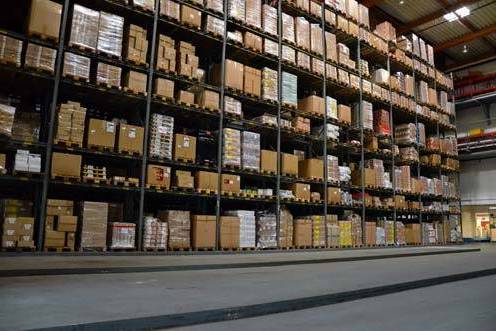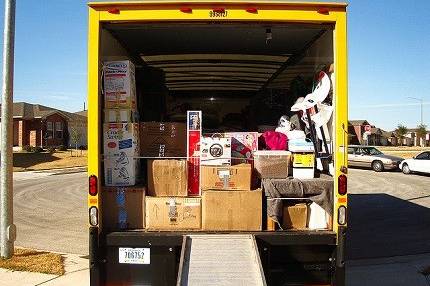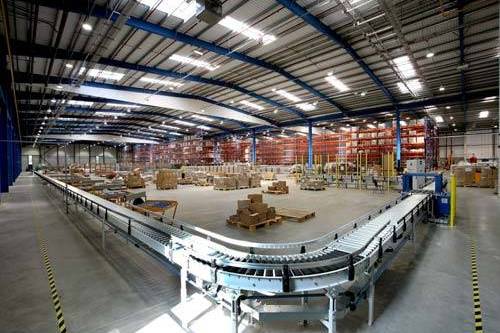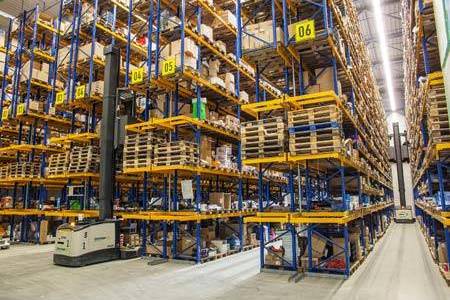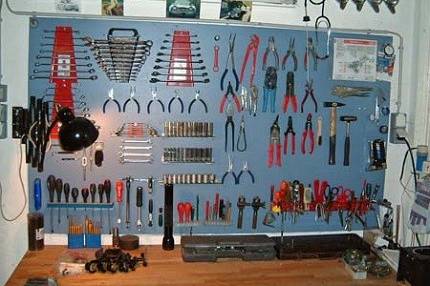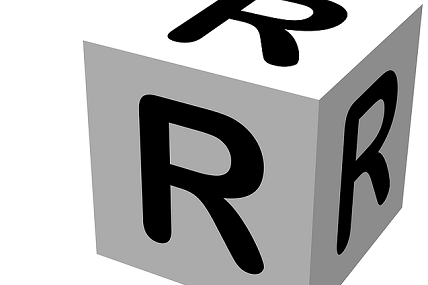What are you looking for?
9. February 2017
The storage location management
The storage location management ensures that a storage location is recorded or occupied in width, height and depth. It covers two different topological aspects. On the one hand the overall structure of the warehouse and thus the positions of the…
1. February 2017
Perfect Order Fulfillment
The so-called Perfect Order Fulfillment stands for the perfect degree of fulfillment of the delivery service. The degree of fulfillment describes the customer requirements for the delivery itself. In order to achieve a high degree of fulfillment,…
27. January 2017
Overloading of trucks – dangers and fines
A wide variety of goods are transported on Germany's roads every day. According to the Federal Statistical Office, in 2015 alone, 4.5 billion tons of goods were loaded into trucks and transported to their respective destinations. But due to the high…
24. January 2017
The process-oriented warehouse planning
The process-oriented warehouse planning already takes into account in detail key positions relevant for planning such as assortment or stored goods, loading unit, and storage type during the so-called conceptual planning (planning lead time).…
19. January 2017
Last-mile logistics in e-commerce – challenges and solutions
Online commerce has shown considerable growth in the past decades. The B2C sector in particular recorded massive growth rates, leaving the B2B sector far behind. According to the statistics portal Statista, the turnover in e-commerce (B2C) has…
12. January 2017
Materials management in production and logistics
Materials management controls the material flow within a company as well as order-related material flows to customers and suppliers. As a rule, the focus is on the business management and thus commercial aspects. Seen from above, it links all the…
19. December 2016
Lean management: the 5S-method
The 5S method originates from Japanese production and was first used by the car manufacturer Toyota. The Japanese Taiichi Ono, who also invented the Kaizen management concept, wanted to simultaneously introduce a systematic workplace organization…
21. November 2016
The end of the 6 Rs of logistics? – Part 2
The classic logistics view is limited to the now famous 6 R's with regard to its tasks - as already mentioned in " The End of the 6 R's of Logistics? - Part 1 ". This approach to logisticsand supply chain management is comprehensible and…
7. November 2016
The end of the 6 Rs of logistics? – Part 1
The tasks of logistics and the logistician are memorably explained with the famous 6 Rs. The 6 Rs of logistics are the so-called “six right ones”: the right products in the right quality in the right amount in the right place at the right time at…
2. November 2016
Overview of two-stage picking
In contrast to single-stage picking, with two-stage picking several orders are bundled into one overall order, a so-called commission, article-oriented picking and only later order-oriented packed. The use of a downstream sorting instance allows the…
17. October 2016
Swarm intelligence – What we logisticians can learn from ants – Part I
Surely you use a navigation system. So then you are already relying on the performance of ants and swarm intelligence. Why? Because the current navigation systems are programmed with the so-called ant algorithm and this shows you the "best" way from…
4. October 2016
Optimization through process chain management
Process chain management serves to organize business processes in intralogistics and other industrial segments. According to Otto Schlichtherle, Logistics IT Consulting, it combines process-oriented thinking with the alignment of processes with the…
19. September 2016
Distributed Order Management
Distributed Order Management basically the consideration of all companies involved in an order as well as the responsible personnel. Producers, logisticians, suppliers and dealers try to solve questions about tasks or orders that are to be processed…
12. September 2016
Vertical integration in the retail sector
Vertical integration stands for retail companies that exert influence over various stages of the supply chain. The close cooperation between industry and retail is the main focus. Brands, for example, often present themselves via so-called…
24. August 2016
Inventory costs
Inventory costs are costs that arise from the movement of product goods in the warehouse or distribution center. They are a key figure from business management. Inventory costs in general include, for example, warehouse rent, personnel, energy, and…
18. August 2016
No-Line Commerce
No-line commerce represents the highest level of development in e-commerce at present. All available online and offline sales channels are networked with each other in terms of information technology and form an integrated environment along with the…
10. August 2016
Functions of the warehouse
When considering the functions of a warehouse, the purpose of the warehouse arrangement is in the foreground. The definition is made up of the subitems security and staging function, clearing function, production function, and speculative function.…
28. July 2016
Definition – Omni-Channel
Omni-Channel focuses on the further development of multi and cross-channel distribution paths in online retailing: all sales channels can be used simultaneously. To apply the Latin term Omni (everything, whole, everyone) in a "commercial" setting,…
19. July 2016
Inventory management in intralogistics, incl. stock and stock reconciliation
Inventory management stands for the complete digital recording of all stock movements in intralogistics in order to obtain reliable information about the storage location (where?), quantity (how much?), and quality (what?) of all products at any…
14. July 2016
Definition – Cross-Channel
Cross-Channel enables a cross-distribution channel purchasing process in which customers combine different sales channels as part of their information and purchasing process. The customer orders his inventory in the online shop, for example, and…
7. July 2016
Definition – Multi-Channel
Multi-Channel describes the possibility to offer commerce (B2B and B2C) on several distribution channels simultaneously. The channels made available by the respective provider work alongside each other, but not with each other: the purchasing…
17. June 2016
Ergonomics in the warehouse
Ergonomics in the warehouse aims at the adaptation and creation of workstations which, taking into account the human physique, enable the worker to carry out activities as comfortably as possible. At first glance, the aspect of cost-effectiveness…
9. June 2016
Reverse logistics
While logistics represents the production route to the customer, reverse logistics, also known as return logistics, completes this semi-circle with the most efficient planning, control and disposal of materials to create an economic cycle. It is…
2. June 2016
E-Commerce: the online marketplace
E-commerce, or electronic commerce, is the term for electronic commerce on the Internet. The business processes between companies as well as the commercial business relations between companies and consumers are mapped. E-commerce is a sub-sector of…
12. May 2016
Specifications and requirement documents in intralogistics
The specification sheet generally contains the project requirements predefined and described in detail by the client, which in his or her view are necessary to successfully implement all requirements of the overall project. The requirement document,…
25. April 2016
Definition – WMS – The Warehouse Management System
The Warehouse Management System (WMS) is an indispensable software for the control and administration of stocks (see also Inventory Management) and storage locations within closed operations (e.g. distribution centers or manufacturing plants). It…
7. April 2016
CMR: the consignment note
The term CMR comes from the French, Convention relative au Contrat de transport international de marchandises par route. It describes the agreement of all participating states on the contract for the international carriage of goods by road. All…
23. March 2016
What can logistics accomplish?
In recent decades, the term "logistics" has developed into a general term. This is a good thing. But what is not so positive is that "logistics" - especially in the media - is often misused and misapplied in some companies for all kinds of…
7. March 2016
Stock Keeping Unit (SKU)
The acronym SKU, Stock Keeping Unit, describes a clearly identifiable storage unit. A storage unit comprises all identical articles of a particular product variant. For identification purposes, a code is applied to the respective SKU, which clearly…
26. February 2016
Picking times – base time
In picking, the base time is the time required for picking. It only describes organisational activities before and after each picking process. Picking basically represents the order-related combination of articles from an assortment. However, before…
1. August 2017
Product Lifecycle Management (PLM)
The term Product Lifecycle Management, PLM for short, describes a holistic approach to pooling…
18. July 2017
The control center in intralogistics
The control panel in intralogistics represents a central point of a warehouse management system and…
19. June 2017
Augmented Reality in logistics and service
Augmented Reality (AR) describes the computer-aided extension of human perception of reality. From…
29. May 2017
Exoskeletons in logistics and production
Exoskeletons, also known as outer skeletons or support robots, are support structures worn on the…
23. May 2017
Smart Data
Smart Data stands for the detailed and structured result of an analysis of unstructured data masses…
12. May 2017
The Supply Chain Management (SCM)
Supply chain management (SCM) stands for the monitoring process as well as the coordination and…
8. May 2017
Logistics – Definition
The term logistics stands for the planning, control and monitoring of the material and immaterial…
18. April 2017
Key figure system in intralogistics
Although a complete bundling of all key figures arising in warehouse and distribution systems is…
18. April 2017
Effects of shipping options on loyalty to the online store
Buying on the Internet offers almost endless possibilities and shipping options. Whether books,…
30. March 2017
Conveying aids in intralogistics
In intralogistics, conveying equipment is used to combine individual goods into larger load units.…
22. March 2017
Order picking times – Dead time
Dead time is an unproductive but unavoidable so-called auxiliary time, which arises during picking…
9. March 2017
The (hanging) bag sorter
The Pouch sorter / Bag sorter belongs to the category of logistic sorting and distribution systems.…
1. March 2017
Order picking – process steps
Picking stands for the combination of predefined orders from a warehouse assortment. The process…
23. February 2017
Advantages of RFID technology over barcodes
What advantages does RFID radio technology have over barcodes? This question has also been on the…
16. February 2017
The picking travel time
The order-picking way time is the sum of the time required for picking a single order or batch;…
9. February 2017
The storage location management
The storage location management ensures that a storage location is recorded or occupied in width,…
1. February 2017
Perfect Order Fulfillment
The so-called Perfect Order Fulfillment stands for the perfect degree of fulfillment of the…
27. January 2017
Overloading of trucks – dangers and fines
A wide variety of goods are transported on Germany's roads every day. According to the Federal…
24. January 2017
The process-oriented warehouse planning
The process-oriented warehouse planning already takes into account in detail key positions relevant…
19. January 2017
Last-mile logistics in e-commerce – challenges and solutions
Online commerce has shown considerable growth in the past decades. The B2C sector in particular…
12. January 2017
Materials management in production and logistics
Materials management controls the material flow within a company as well as order-related material…
19. December 2016
Lean management: the 5S-method
The 5S method originates from Japanese production and was first used by the car manufacturer…
21. November 2016
The end of the 6 Rs of logistics? – Part 2
The classic logistics view is limited to the now famous 6 R's with regard to its tasks - as already…
7. November 2016
The end of the 6 Rs of logistics? – Part 1
The tasks of logistics and the logistician are memorably explained with the famous 6 Rs. The 6 Rs…
2. November 2016
Overview of two-stage picking
In contrast to single-stage picking, with two-stage picking several orders are bundled into one…
Also available in Deutsch (German)


